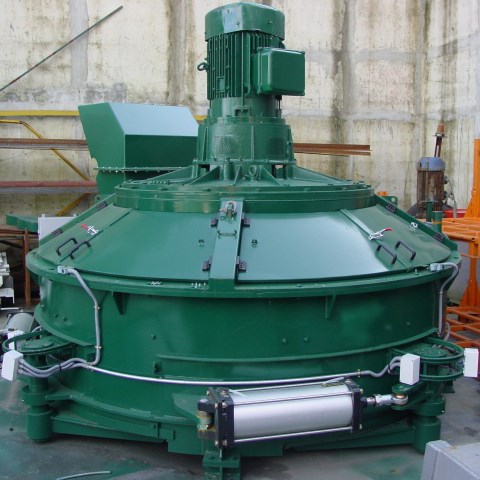In the process of producing concrete, mixing is certainly the most important phase and the quality of mixer can change the quality of concrete. The planetary mixers as used to meet the compulsory requirements of efficient production processes of concrete. The integrated action of central part of the mixer along with different scrapers in the periphery provides high efficient flow of mixing concrete. Though various types of mixers are used in construction industry but in this write-up brief introduction of planetary concrete mixer will be provided to you to know some basic things about it.
What is a concrete mixer?
A concrete mixer is a device that combines cement, gravels, sand and water homogenously to form concrete.
Types of concrete mixers
Normally three types are used traditionally to make homogenous concrete mixture:
Batch mixers
Drum mixers
Pan mixers
Continuous mixers
But there is another type of mixer popularly known as planetary concrete mixer which a bit advanced version of Pan Mixers. You can learn more here: http://aimixgroup.com/planetary-concrete-mixer/.

What is a planetary mixer?
A planetary mixer is just like pan mixer for sale that has its own axis offset but in this case there are two types of rotations – in one rotation the blades rotate around their own axes and in the second around the axis of the pan.
Components of a planetary mixer
The main components of the Planetary Concrete Mixers include:
Motors: They are the main source of energy to rotate the mixers along with a rotating impeller and a shaft.
Speed Reducers: Most of the planetary mixers are operated below the standard speed of their motors and for that purpose speed reducers are used in them.
Supporting Arms: They hold the gear box and the motor required for imparting motion to the mixing arms and the scrapper.
Planetary Gearbox: It reduces the quantity of power used by the large concrete mixer.
Shafts: They are responsible for rotating the scrapper arm and mixing arms around the periphery of the shell or vessel of the mixer.
Shaft Seals: They are required essentially for operating the tanks containing toxic, hazardous or harmful materials at elevated pressures.
Mixing Paddles: They help the mixing arms to rotate on their own axis along with the axis of the container during mixing action.
Scrapper Arm: This blade suspended near the inner wall of the pan at an angle to scrape the stagnated concrete near the pan’s wall and push it inwards toward mixing blades. Get details at this website: aimixgroup.com.
Shell and Ring: The base of the mixer is formed by the shell and a thin ring providing support to the supporting arm at the top of the shell provides it final shape.
Liners: They help in protecting the inner surface of the shell from the impact of the contents of the mixture thrown outward due to centrifugal force of the rotation motion.
Gate and Hydraulic Unit: A gate at the bottom of the mixer shell allows discharging mixed concrete and the hydraulic unit is required to operate this gate so that completed concrete can be pushed out perfectly through the gate.
Main advantage of using planetary mixers is to improve the efficiency of mixing the concrete.